Hiking the CDT: Five Key Things You Need to Know
June 27, 2016
Words & Photos by Max Neale
Whether your objective is to lighten your load for more comfortable hiking, reduce your pack weight for a long distance hike, or prepare for the most challenging alpine climb of your life, a lightweight approach can have tremendous long-term benefits. With good information, skill and high-quality gear, you can engage in more enjoyable and more rewarding outdoor adventures. We compiled our best big-picture long distance hiking tips here in one convenient package to help you build your own ultralight philosophy and methodology.
Get Light & Get Out: Long Distance Hiking Tips to Lighten Your Load
#1 Know before you go
The more information you have the better prepared you’ll be for your adventure. Gather information about elevation, topography, vegetation, precipitation, daylight, etc. You can estimate vegetation and topography by looking at topographic maps, which typically show vegetation in various shades of green, and with Google Earth, which provides three-dimensional views of aerial imagery overlaid with terrain. The National Snow Analysis uses remote sensing data to create maps of snow depth, which are fantastic for winter and shoulder season trips. Climate.gov, weather.gov and weatherunderground.com are also excellent weather related resources with historical data.
#2 Go strong, or go home
In other words, be fit before you go. Strength, flexibility and stamina play a huge role in determining the length and style of your future hiking or climbing trip. Learning more about objective will lend insight into how much and what type of fitness will be appropriate, and what techniques may be necessary. For example, an elevation profile combined with information about the terrain can tell you that a trail will be six miles long, mostly flat, with lots of roots. This information allows you to estimate how long it may take you to go somewhere, which determines how much food and fuel you need to bring. The fitter you are the faster you can go. The faster you go the less you need to bring.
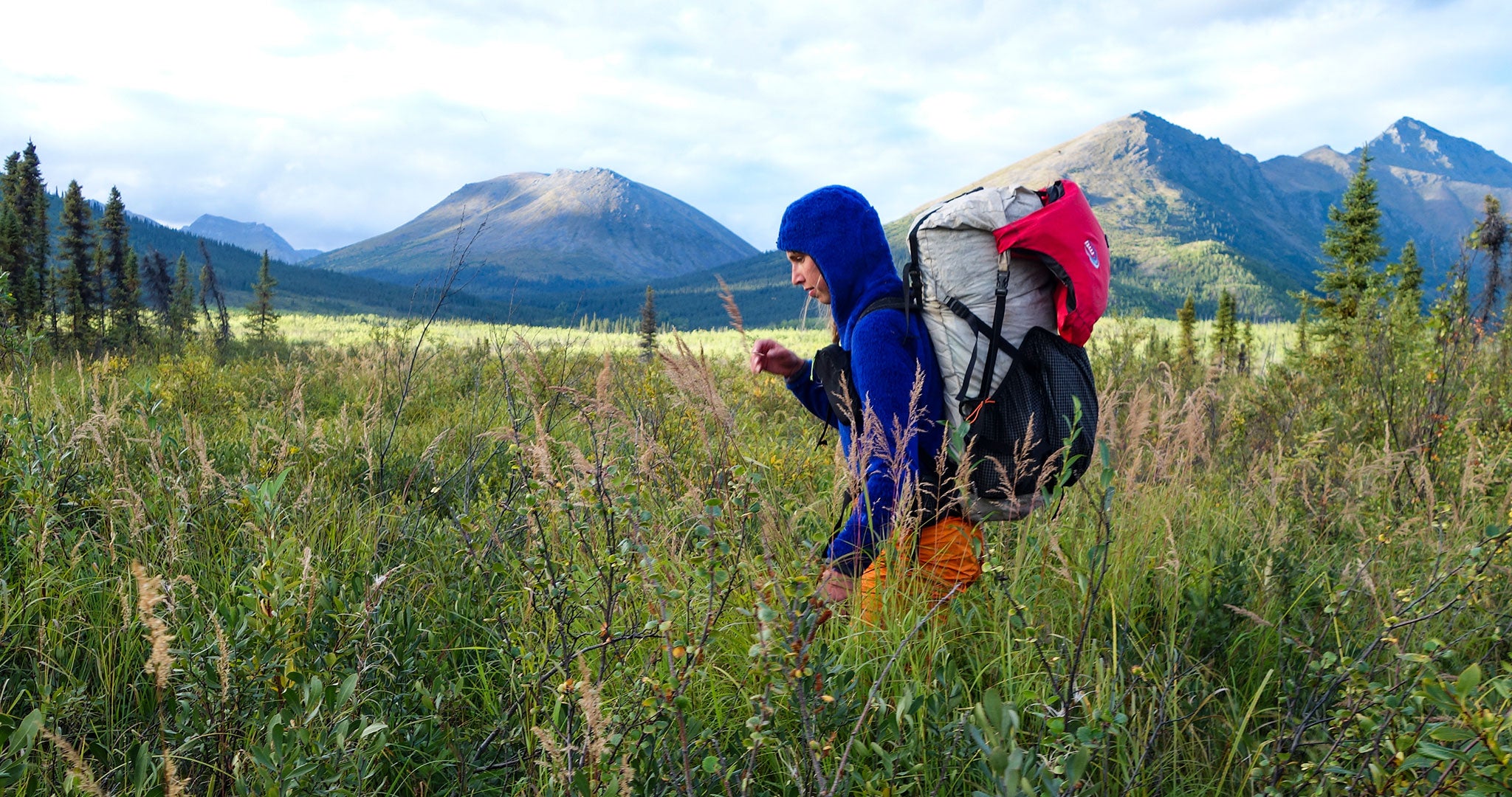
#3 Build your library of tips & tricks
Knot tying, navigation and campsite selection can be important for backpacking. Placing protection, pendulums and top stepping can be important for climbing. Technique enables us to use gear more effectively and also use lighter gear. For example, tarps arguably the single most versatile type of shelter available, but they require expert tarp camping technique in order to be used in the worst conditions. In contrast, pyramid tents requires almost no technique to be used in the worst conditions. Thus, the technique for flat tarp camping can save you half a pound and hundreds of dollars. Books, blogs and videos can provide a wealth of technical information on nearly every subject. Andrew Skurka’s, Ultimate Hiker’s Gear Guide is a great resource. BackpackingLight.com has a series of excellent articles. Engaging in a course from reputable institutions, such as the National Outdoor Leadership School, or individual guides, such as Ryan Jordan or any of the dozens of American Mountain Guide Association-certified guides, can be a great way to learn new techniques and gain experience from experts.
#4 Practice makes backpacking perfect
Experience is learned through practice. Things like how to layer properly for the conditions, how to cross a river, how to pack a backpack, and finding the proper size pee bottle are mastered by doing. But, again, take things one trail-hiking shoe-clad foot at a time. Don’t day hike 20 miles until you’ve done a bunch of shorter trails. Don’t hike the Pacific Crest Trail without first getting out on some long hikes. And don’t climb the very steep, known for having bad weather, 1,000-foot granite wall, the Diamond on Longs Peak, without first climbing some small alpine formations first.
Developing fitness, technique and experience is an important component of going lightweight. Fortunately, we feel this process is incredibly rewarding. What is better than learning new things and spending time in beautiful places?
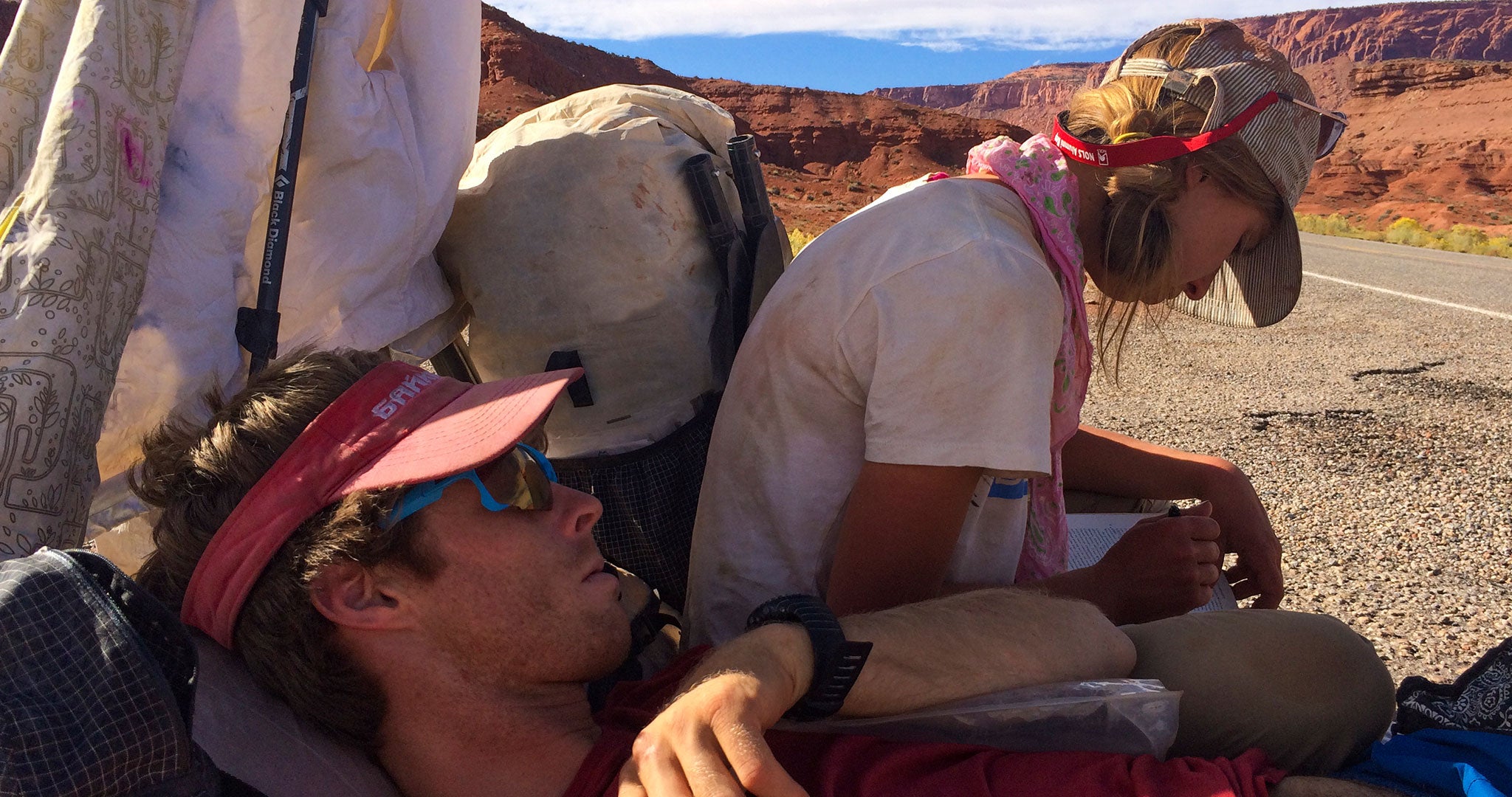
#5 Gear up
“Gear” is everything we carry with us except consumables (food, fuel and water). It’s a tool that can make the difference between a fantastic experience and a miserable experience, or a successful trip and an unsuccessful trip. As described above, the more skill you have the less gear you need. Similarly, the more information you have the better you’ll be able to choose the appropriate gear for the conditions. For example, if I’m going for an overnight trip and know it won’t rain and there won’t be insects, I don’t need to bring a shelter. Knowing there will be one foot of snow for two days of a five-day hike allows me to be prepared by bringing gaiters.
The two most important things to consider when buying high-quality gear are adaptability and durability. Maximize your return on investment by buying a few very good products that are multi-useful and sturdy.
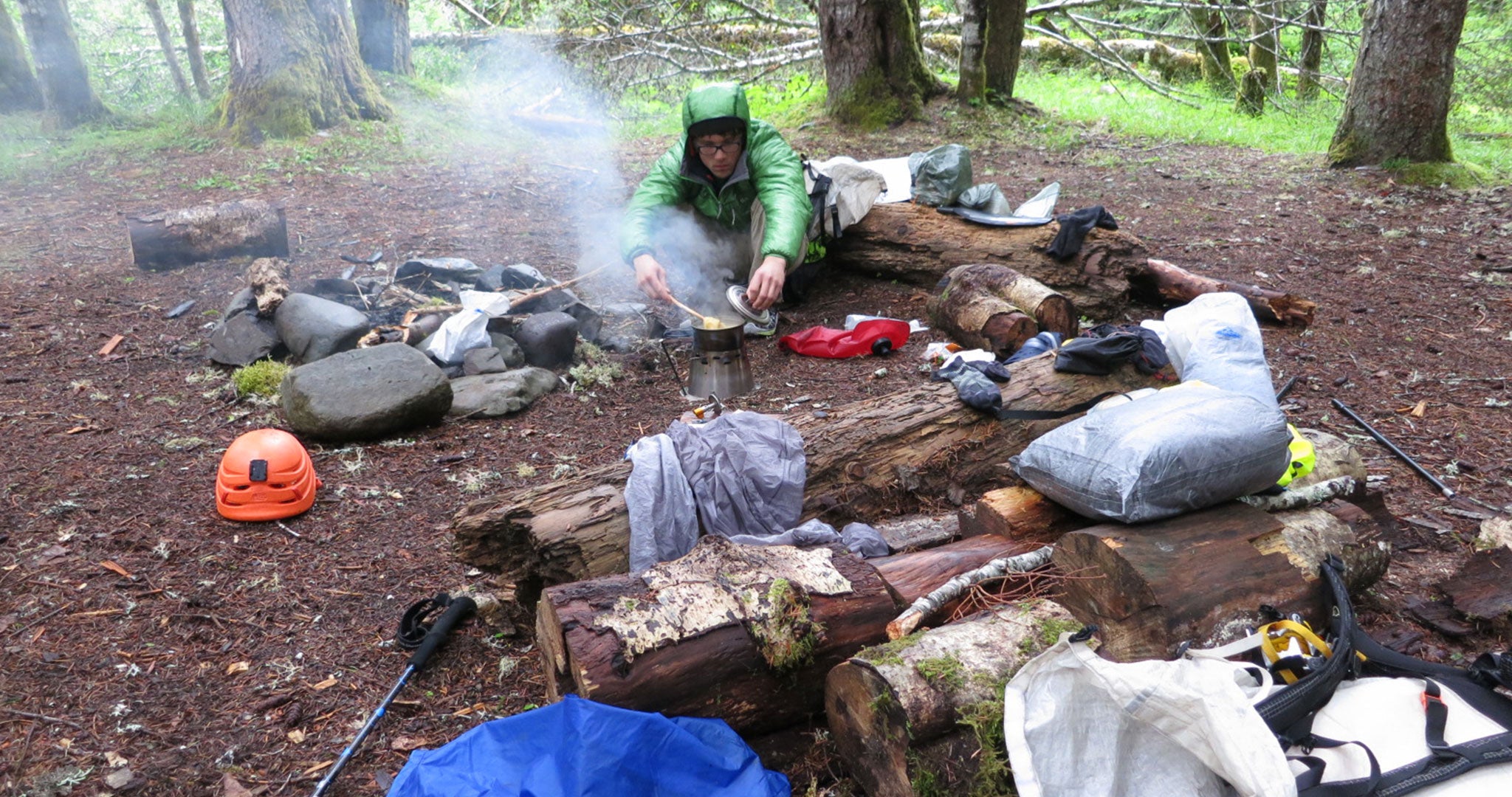
#5a Adaptability
Adaptability is the capacity of a product to adjust to a wide range of activities and/or environmental conditions. Gear that is adaptable is a good value because one single item can perform many different roles. Adaptability is a key component of Hyperlite Mountain Gear product design. For example, our Southwest ultralight backpack performs very well for all types of backpacking and also for high altitude mountaineering and will even work as a ski pack in a pinch. Another example is our UltaMid pyramid tent, a four-season fortress for everything from summer backpacking to ski touring, to a basecamp cook tent.
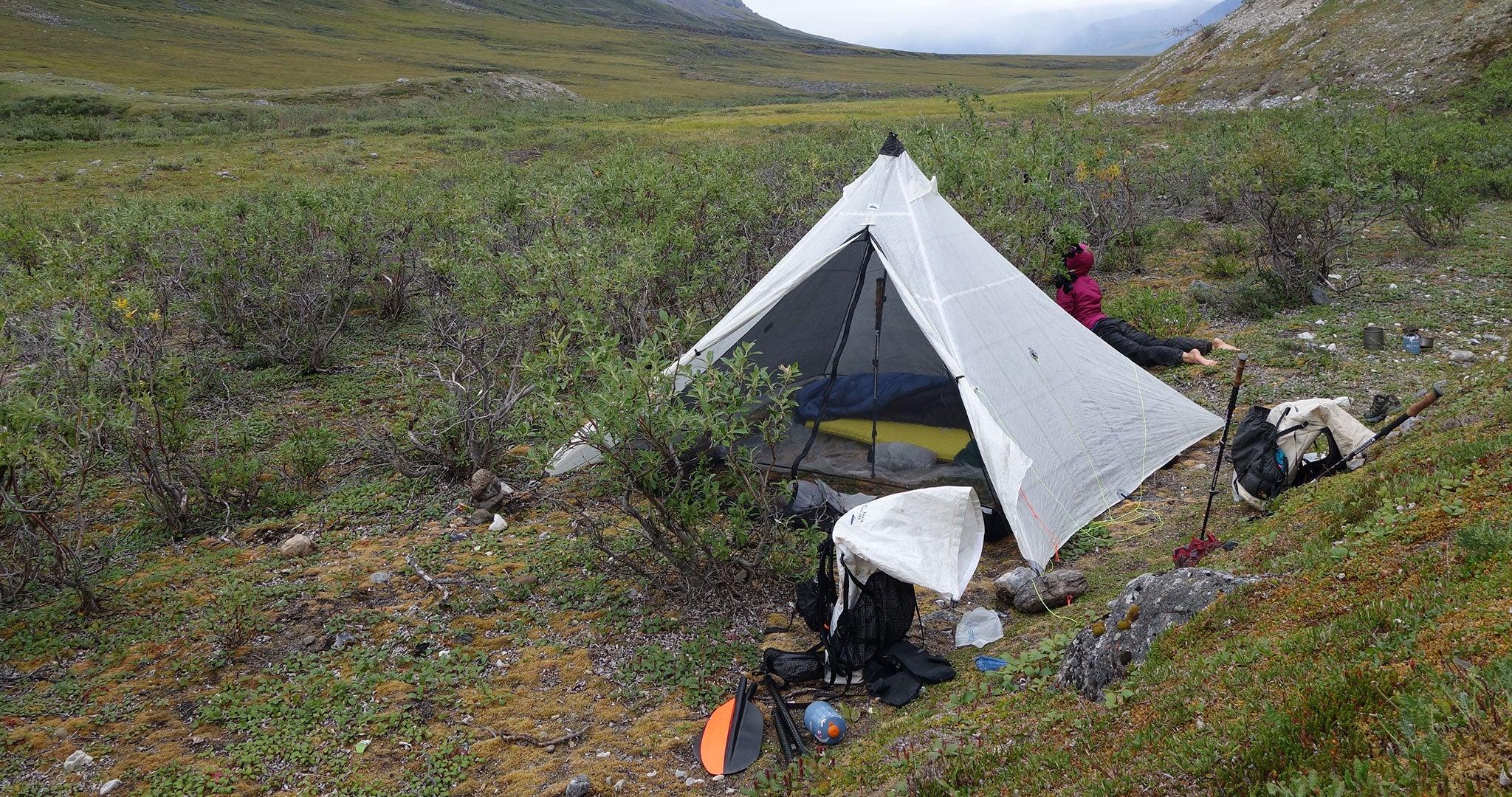
#5b Durability
Durability is the second most important component of high quality outdoor gear because:
Having something fail out in the backcountry sucks and can be dangerous. Durability should be a key consideration for any company or individual making gear. For example, at Hyperlite Mountain Gear, we choose materials that strike the ideal balance between weight savings and longevity. Though still very light, our shelters are made out of a more durable Cuben Fiber than some of our competitors. So while they may be slightly heavier, they are more stronger and will last longer. We make great efforts to reinforce key areas, like the top of the UltaMid, the bottom of backpacks, and the tie outs on all shelters. That means a longer lift for our products, more bang for your buck and less shredded gear in landfills across the country. Of course, you have to invest a little more money to get that kind of quality, but if you look at the per-use cost of our goods over a lifetime, the expended life span means you’ll have to buy fewer packs and shelters—saving you money in the long run.
#6 Four Steps to a lightweight state of mind
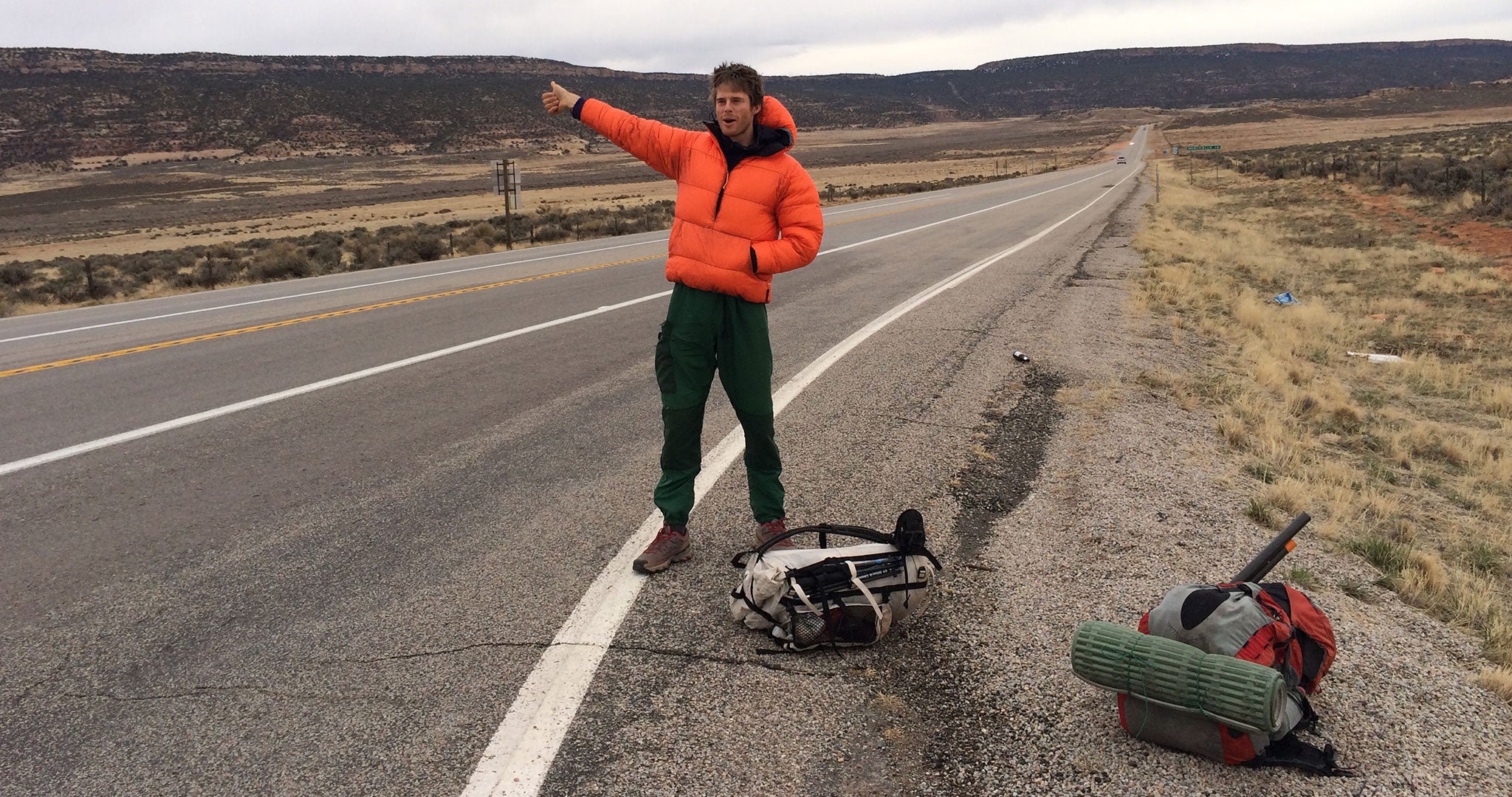
YOUR CART IS EMPTY
Let’s find you the right gear for
your next adventure.